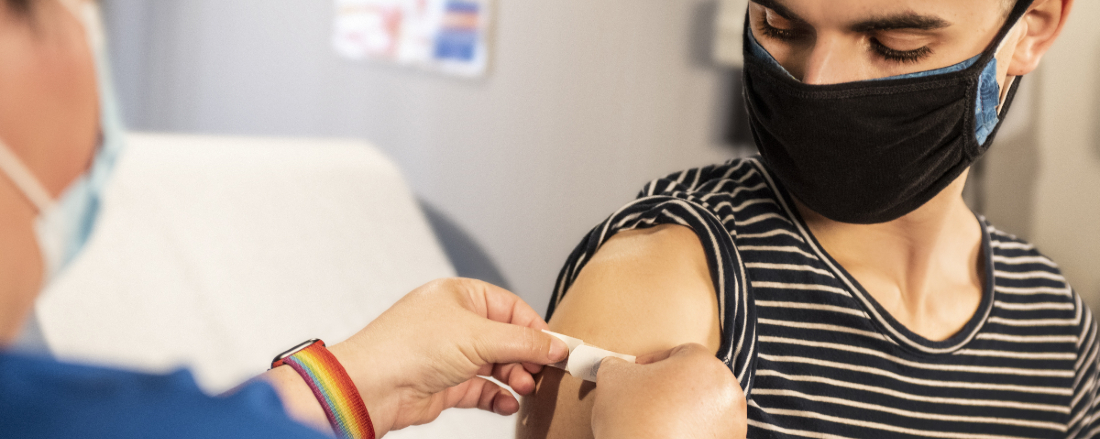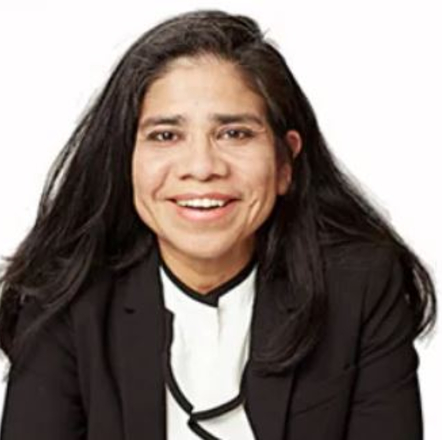
In the News
Changing Minds: What Moves the Needle for the Unvaccinated?
- WebMD
-
Focus Areas
Communicable Disease Prevention -
Issues
Population Health -
Expertise
Health Education & Promotion, Public-Private Partnerships -
Programs
Tracing Health -
Strategic Initiatives
COVID-19, Vaccine Access & Equity

- Emphasizing the trends of more people getting vaccinated
- Focusing on everyone’s freedom of choice
- Listening to concerns without judgment
- Offering credible information
- Correcting myths when necessary
- Helping them fit vaccination into their “world view.”
Gladys Jimenez is a contact tracer and “vaccine ambassador” for Tracing Health, a partnership between the Oregon Public Health Institute and the Public Health Institute that has nearly 300 bilingual contract tracers who serve the ethnic communities they’re from. During a typical week, she talks to 50 people or more, and promoting the vaccine is top of mind.
The conversations, Jimenez says, are like a dance. She presents information, then steps back and lets them talk. Depending on what they say, she gives them more information or corrects their misinformation. “They often will say, ‘Oh, I didn’t know that.’”
It’s rarely one conversation that convinces hesitant people, she says.

I want to hear the person talk, where they are coming from, where they are at. I'm planting this seed in their brain. … people want someone to listen to them … they want to vent.Gladys Jimenez, Tracing Health
Once you let them do that, Jimenez says, “I can tell the person is in a different state of mind.” She also knows that people “will make the decision in their own time.”
Click below to read the full story in WebMD.
Originally published by WebMD
More Updates
Work With Us
You change the world. We do the rest. Explore fiscal sponsorship at PHI.
Support Us
Together, we can accelerate our response to public health’s most critical issues.
Find Employment
Begin your career at the Public Health Institute.



